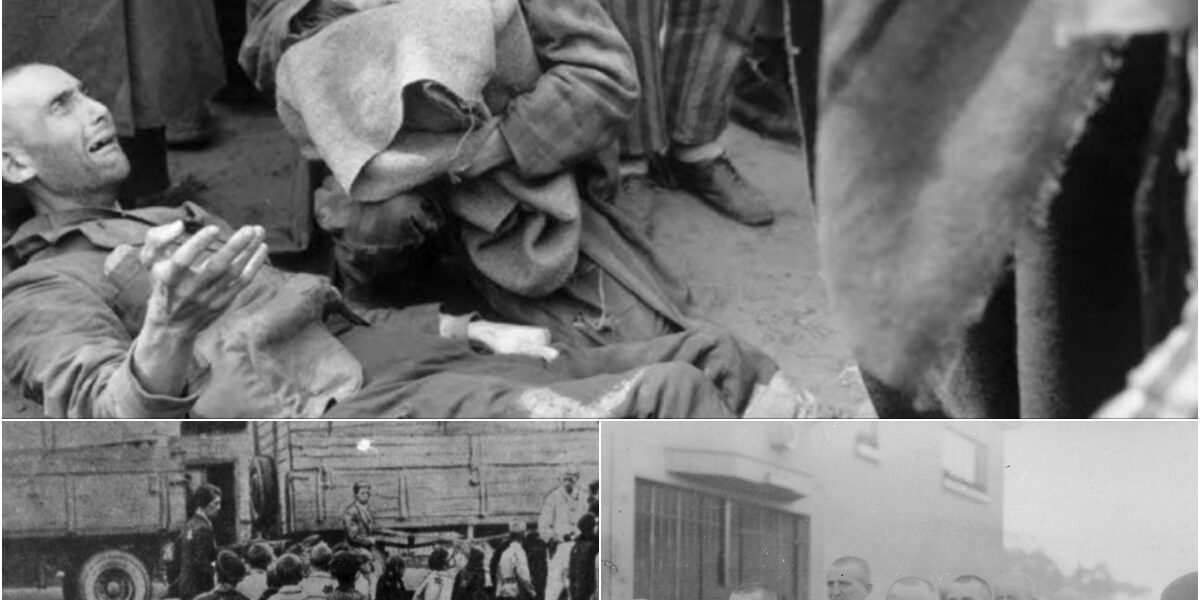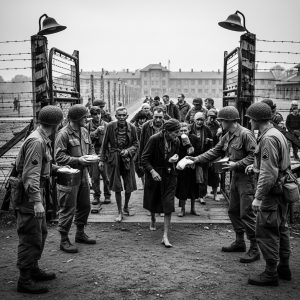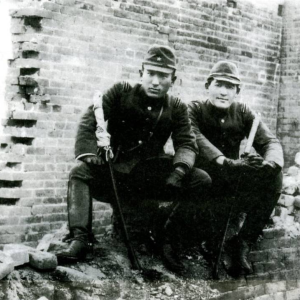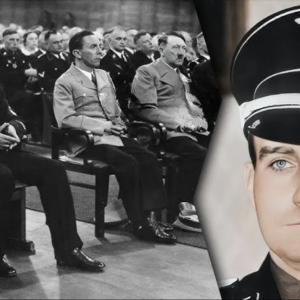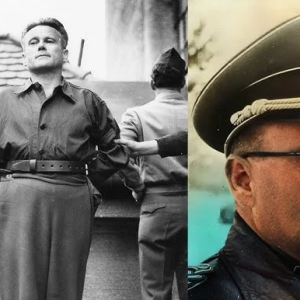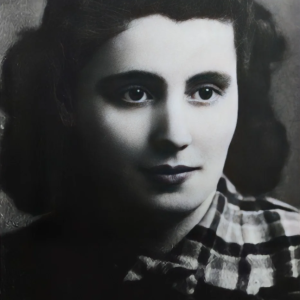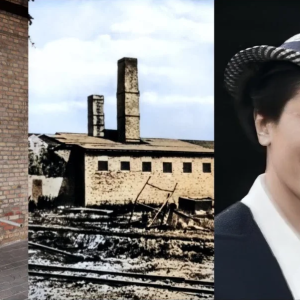THE FORGOTTEN HOMOSEXUAL VICTIMS OF NAZI HELL: The horrific medical experiments AND the brutal persecution, systematic torture of homosexual men in Nazi Germany
Content warning: This article deals with historical persecution, including imprisonment and forced medical procedures, which may be distressing. It aims to educate about human rights violations and their historical context.
During the Nazi regime (1933–1945), homosexual men were severely persecuted under Section 175 of the German Penal Code, which had criminalized male homosexuality since 1871. Despite a growing homosexual community in the Weimar Republic, the Nazis intensified the persecution, viewing homosexual men as a threat to their ideology of “Aryan” purity and traditional family structures. Approximately 100,000 men were arrested, over 53,000 convicted, and many deported to concentration camps where they were subjected to extreme mistreatment. This analysis, based on sources such as the United States Holocaust Memorial Museum and survivor testimonies, examines the Nazi campaign against homosexual men, its mechanisms and effects, and encourages discussion about human rights and the dangers of discrimination.

Pre-Nazi context and liberalization of the Weimar era
The first homosexual communities emerged in Germany in the late 19th century, primarily in urban areas. The Weimar Republic (1918–1933) offered a degree of openness, with activists like Magnus Hirschfeld fighting for the repeal of Paragraph 175, which prohibited homosexual acts between men. Gay bars and cultural spaces flourished, despite the existing legal risks.
The Nazi Party, which rose to power in the 1920s, rejected decriminalization and viewed homosexuality as a deviation that undermined its racial and familial ideals. Nevertheless, there were figures like Ernst Röhm, the SA leader, who was openly homosexual, creating ideological contradictions within the regime.
Seizure of power and first waves of repression

On January 30, 1933, Adolf Hitler became Chancellor of Germany, and the National Socialists began to dismantle the gay networks of the Weimar era. At the end of 1933, Reinhard Heydrich, under Heinrich Himmler, head of the Bavarian Political Police, ordered the creation of so-called “pink lists” to identify homosexuals in major cities. These lists led to raids on bars and mass arrests in 1934, which also affected apolitical men.
The Gestapo arrested suspects without trial. In 1933, courts introduced forced castration for certain offenses, initially only with the consent of those affected. Men convicted under Paragraph 175 could secure their release through voluntary castration – as was the case with Friedrich-Paul von Groszheim, who was arrested in 1934.
Escalation of persecution (1934–1936)
Three key events intensified the campaign:
- Röhm Putsch (June–July 1934): The murder of Ernst Röhm and other SA leaders during the “Night of the Long Knives” was partly justified by propaganda that portrayed Röhm’s homosexuality as a moral depravity.
- Revision of §175 (June 1935): The law was expanded to criminalize a wider range of homosexual acts, lower the burden of proof, and increase penalties.
- Reich Central Office (1936): Himmler founded the Reich Central Office for Combating Homosexuality and Abortion in order to fight both as a threat to population growth.
Between 1935 and 1936, police raids against meeting places of homosexual men intensified, often triggered by denunciations from neighbors or colleagues. Historian Robert Moeller emphasizes that the regime exploited fear to isolate homosexual men.
Concentration camps and pink triangles
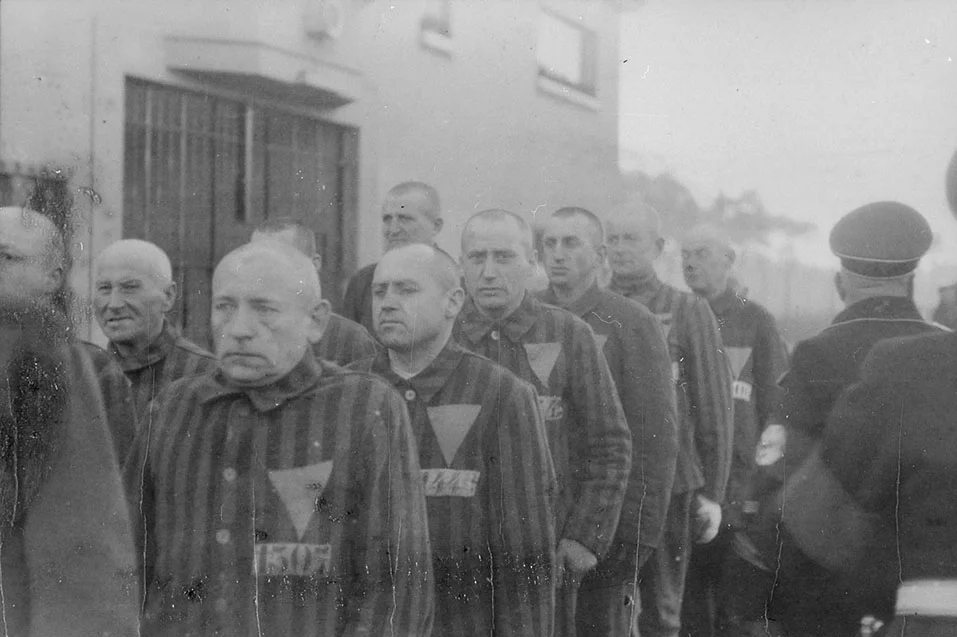
Men convicted under Section 175 were sent to camps such as Dachau, Sachsenhausen, and Buchenwald and marked with pink triangles. Between 5,000 and 15,000 were imprisoned and brutally treated. Survivors like Josef Kohout, who was arrested in March 1939 after his Christmas card to a lover was intercepted, reported sadistic abuse by SS guards, including beatings and murders during “games.”
From November 1942, camp commandants could order forced castrations of prisoners with the pink triangle without their consent. Kohout, 24 years old at the time of his arrest, survived under these conditions. Historians estimate around 100,000 arrests under Section 175, with over 53,000 convictions – a testament to the scale of the persecution.
Post-war period and legacy
After Germany’s surrender in May 1945, many homosexual survivors remained stigmatized. Paragraph 175 remained in force in West Germany until 1969, and the convictions were not overturned until the 1990s. Victims like Kohout received compensation only belatedly; the German government did not officially apologize until 2002.
The persecution destroyed homosexual communities and erased the cultural achievements of the Weimar era. Memorials such as the Berlin Memorial to Homosexuals Persecuted under National Socialism and eyewitness accounts keep their memory alive.
The persecution of homosexual men under Paragraph 175 was a systematic attempt to eradicate a marginalized group, costing thousands of lives and livelihoods. For those interested in history, this story illustrates the fragility of human rights and the dangers of discriminatory ideologies. By studying sources such as the USHMM, we honor survivors like Josef Kohout and promote dialogue to prevent such atrocities in the future.
